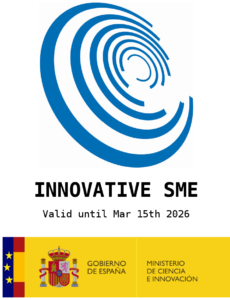Optimization of the lateral field excited platform for liquid sensing applications
Authors: C. Peters, R. Fernández, R. Lucklum, J. Fochtmann, D. McCann, J. Vetelino, A. Arnau
Journal: Procedia Engineering (2010)
The Lateral Field Excited (LFE) platform is sensitive to mechanical and electrical property changes occurring in adjacent media. Using the LFE sensor responses have been analyzed for the piezoelectric resonator materials alpha-quartz, lithium tantalate (LiTaO3) and lithium niobate (LiNbO3). Since the impact of the mechanical load parameters on piezoelectric resonators is governed by the piezoelectric coupling factor, LiTaO3 and LiNbO3 are well suitable for operation in highly viscous environments. This benefit is achieved at the cost of a reduced sensitivity to the mechanical and electrical properties of the medium. A second approach proposes a new 3-electrode configuration. The response of this LFE sensor design to low electric permittivity has been modeled using a novel approach to simulate the low permittivity boundary conditions. An enhanced sensitivity of the sensor has been achieved.

